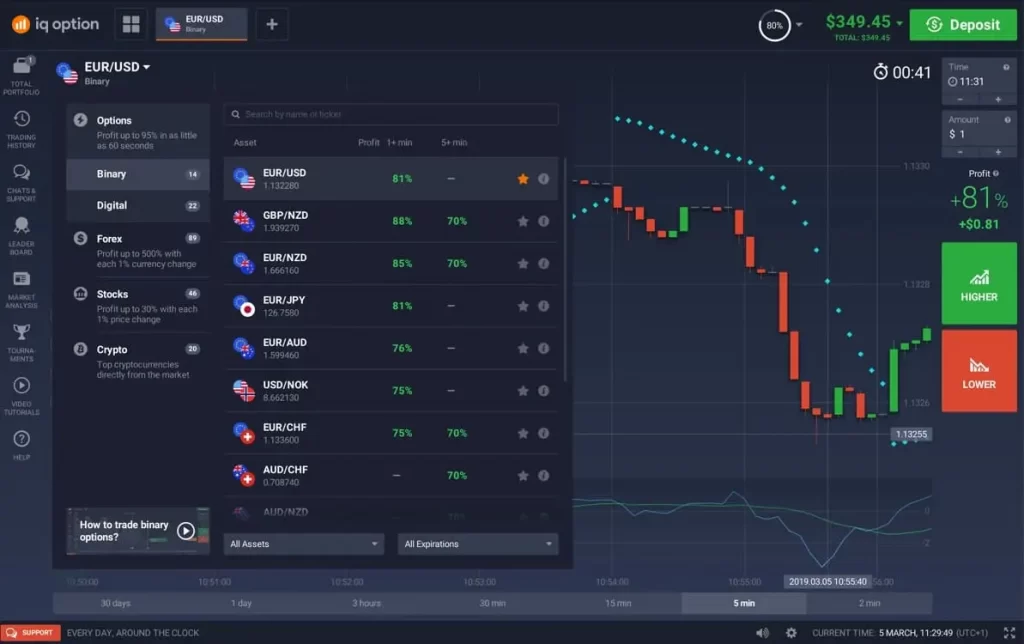Can You Begin Trading With Only A Small Amount Of Money?
Setting out on the trading journey necessitates a capital investment, but this prospect often sparks apprehension about needing massive sums to begin. This article examines the viability begin trading with just a small amount of money and delves into strategies for doing so effectively.

Breaking Down Barriers: Entry Points for Small Investments
Understanding the options available for those with meager capital can help identify entry points into trading. First, a fractional share is a portion of a full share and provides an opportunity to buy into blue-chip companies without having to pay the full stock price. Several investment platforms now offer access to fractional shares.
Second, investing in stocks with lower prices, such as penny stocks or small-cap companies, is another route with lower capital requirements. While these stocks may carry risks, they also offer growth possibilities.
Lastly, modern investing apps are built with a focus on smaller investors, offering low minimum investment amounts, negligible fees, and an array of investment choices. Some even allow for automated trading—such as robo-advisors—making the process simpler for beginners.
Principles for Trading with Small Amounts
With viable options identified, adhering to a set of principles can greatly aid in navigating the trading landscape with limited capital.
Stay Grounded
When starting small, assessing investment options objectively will help avoid getting caught up in the lure of overnight riches. Realistic expectations and understanding the trade-offs in terms of speed of growth and risk are key.
Diversify
Small investments should be diversified across various asset classes or market sectors to reduce risk. Dividing available capital into multiple positions adds a measure of safety and steadiness to the investment journey.
Focus on Quality
It is crucial to maintain a focus on quality investments. While the search for a quick return can be tempting, prioritizing asset quality, business models, and growth potential goes a long way in building a stable portfolio.
Leverage the Power of Compound Interest
When working with limited initial funds, compound interest becomes one of the linchpins of success. Reinvesting earnings and diligently focusing on long-term growth can result in a more substantial size over time.
Invest Regularly
The power of small, regular investments should not be underestimated, and the deployment of additional funds over time can uncover growth opportunities, even in relatively smaller amounts.
Budgeting and Financial Planning
Before a person can begin trading, it’s crucial to have a well-designed budget and financial plan in place. Allocate a portion of the income toward investing while ensuring basic required expenses are not compromised.
Choosing an investment amount that aligns with financial goals is paramount. Lastly, don’t forget to prepare for setbacks or unforeseen trading losses. Set aside an emergency fund to protect oneself from untimely withdrawals or disruptions in trading plans.

